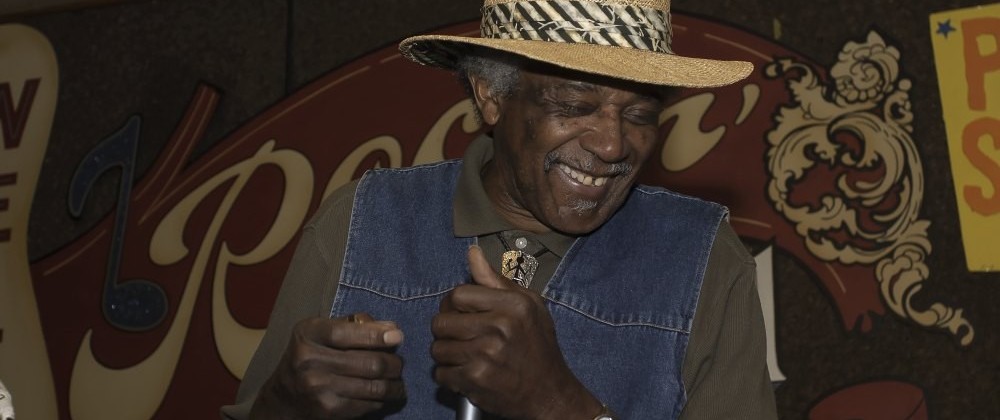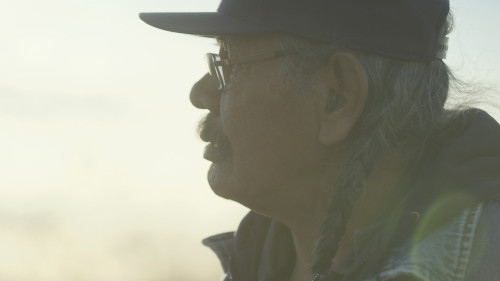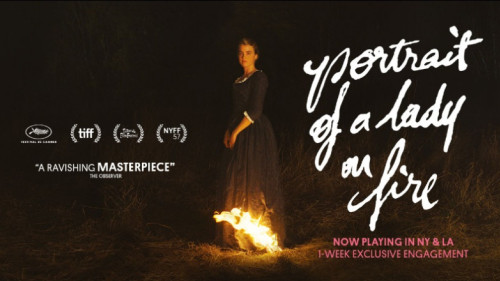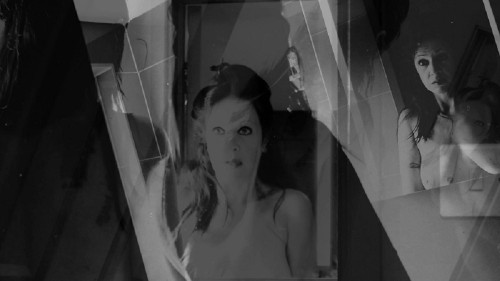Volume 20, Issue 9 / September 2016
Interviews With Independent Filmmakers
In this issue
-
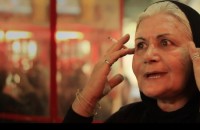
The Many Tales of Shahrzaad’s Tale: An Interview with Shahin Parhami
-

I am the Blues (2016, Daniel Cross): Keeping the Blues Alive With Daniel Cross
-
_200_130_90_c1.jpg)
Psycho-geographies of the World to Come: A Conversation with Trevor Mowchun at the Montreal Premiere of His First Feature Film
-
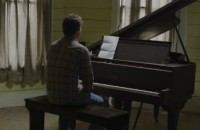
As Far as the Eye Can See: An Interview with David Franklin
Texas on Screen
-

Whole Lotta Motherlove: The Baby (1973)
Independent Cult Classic
Across the next three issues we put our focus on filmmakers who ply their trade without help from major studio players. It may be hard if not impossible to define what an independent filmmaker is, so I won’t even bother with offering an irrefutable definition. It is more a case of “I know one when I see one.” You can call them indies, independents, DIY filmmakers, or old schoolers, but the common ground is that independent filmmakers make films they feel strongly about, regardless of the blood, sweat and tears necessary to get them finished. A former Film Studies professor of Concordia University, Mario Falsetto, wrote an interview book entitled Dialogues With Independent Filmmakers (Praeger Publishers, 2007). Falsetto included nine British and US filmmakers, Anthony Minghella, Gus Van Sant, Neil LaBute, Julie Taymor, John Dahl, Sam Mendes, Alexander Payne, Michael Polish and Nancy Savoca, which demonstrates that the net is cast wide when it comes to independent film. Independent films are usually made with smaller budgets and crews than major studio films, can be non-union, and feature a more varied visual style, as well as more daring or risqué subject matter. Independent film can also account for a whole body of work, such as experimental film, pornography (which will be represented in the follow-up issue, Volume 20, Issue 11), and even documentary, as suggested by the films featured here, are more often made the indie route. One aspect that perhaps unifies independents is the difficulty in getting their films to screen for a sustained theatrical run, and in some cases, to be screened at all outside of the festival circuit. A major studio film will always have access to a theatrical screen in a major city, even if only for a short time. But play dates at big screen theatres, which themselves are dwindling in number, is getting harder and harder for the independent filmmaker to procure. This is a topic that comes up in the interviews in this issue and is evident in the screening history to date of each represented film(s). Four of the featured films played at either festivals or special limited screenings in select cities. Most of the films have had solid festival runs. I am the Blues has also been sold to a specialty TV station, the Documentary Channel. Only The Baby gained a commercial release back in its time, but largely at drive-ins and lesser exploitation venues. The difficult, bizarre or niche subject matter of the five films featured, whether fictional or real, is also an indication of their “indie-ness”: the life of a downtrodden former popular actress of the Iranian pre-Revolution era (Shahrzaad’s Tale); a dying blues idiom (I am the Blues); a formally experimental treatment of sexual abuse set within the Winnipeg Jewish Community (World to Come); a former aspiring classical concert pianist laying low on a Texas farm (As Far as the Eye Can See); and an abusive, dysfunctional matriarchal family raising an adult male in a state of arrested development as a baby (The Baby). Not the stuff of mainstream. This issue also has a decidedly local flavor, with three of the filmmakers featured being Montreal-based (Shahin Parhami, Daniel Cross, Trevor Mowchun), and four of the films having played recently in Montreal (but not a major commercial space). Two of the films are associated with Montreal’s EyeSteelFilms production & distribution house. I am the Blues is a fully fledged EyeSteelFilms production, while Shahrzaads’ Tale received some initial start up funds through EyeSteelFilms, before having to look elsewhere for completion funds. Though these films struggle to get made, and then struggle to find the exposure they deserve, they are given their due here at Offscreen. Long live the independent spirit! (Donato Totaro, ed., David Hanley co-editor)

